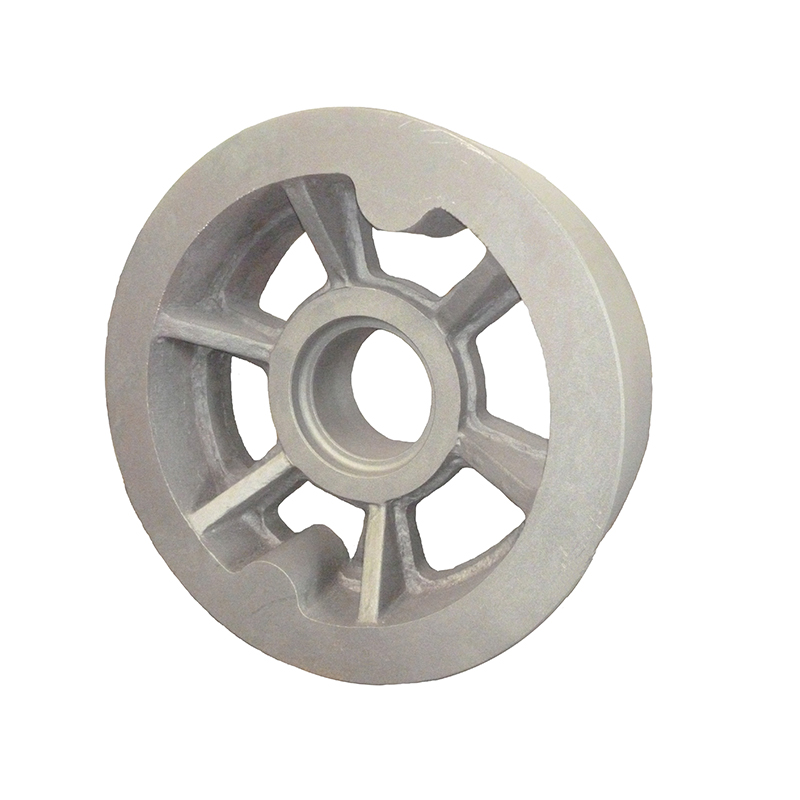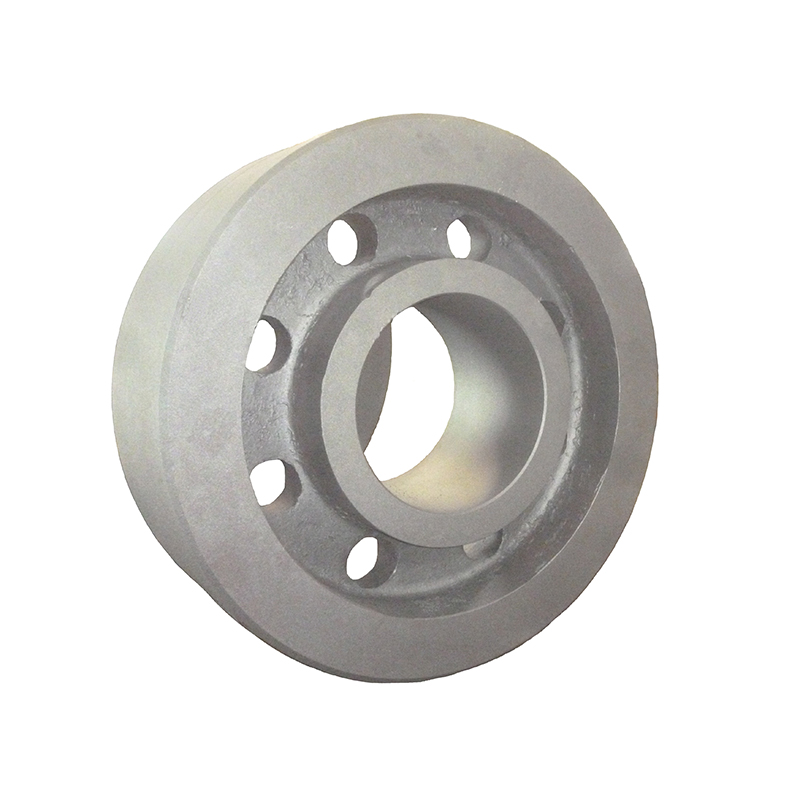- Afrikaans
- Albanian
- Amharic
- Arabic
- Armenian
- Azerbaijani
- Basque
- Belarusian
- Bengali
- Bosnian
- Bulgarian
- Catalan
- Cebuano
- China
- China (Taiwan)
- Corsican
- Croatian
- Czech
- Danish
- Dutch
- English
- Esperanto
- Estonian
- Finnish
- French
- Frisian
- Galician
- Georgian
- German
- Greek
- Gujarati
- Haitian Creole
- hausa
- hawaiian
- Hebrew
- Hindi
- Miao
- Hungarian
- Icelandic
- igbo
- Indonesian
- irish
- Italian
- Japanese
- Javanese
- Kannada
- kazakh
- Khmer
- Rwandese
- Korean
- Kurdish
- Kyrgyz
- Lao
- Latin
- Latvian
- Lithuanian
- Luxembourgish
- Macedonian
- Malgashi
- Malay
- Malayalam
- Maltese
- Maori
- Marathi
- Mongolian
- Myanmar
- Nepali
- Norwegian
- Norwegian
- Occitan
- Pashto
- Persian
- Polish
- Portuguese
- Punjabi
- Romanian
- Russian
- Samoan
- Scottish Gaelic
- Serbian
- Sesotho
- Shona
- Sindhi
- Sinhala
- Slovak
- Slovenian
- Somali
- Spanish
- Sundanese
- Swahili
- Swedish
- Tagalog
- Tajik
- Tamil
- Tatar
- Telugu
- Thai
- Turkish
- Turkmen
- Ukrainian
- Urdu
- Uighur
- Uzbek
- Vietnamese
- Welsh
- Bantu
- Yiddish
- Yoruba
- Zulu
Jul . 21, 2025 22:01 Back to list
Durable Cast Iron Water Main Pipe for Infrastructure Projects
Modern infrastructure relies heavily on robust piping systems, with cast iron water main pipe technology maintaining critical importance for municipal and industrial applications. This comprehensive analysis examines the latest industry developments including centrifugally cast iron pipe manufacturing advancements, ductile iron variants, installation methodologies, and performance standards that inform today's water distribution systems. We incorporate technical specification tables and visualized trend data to contextualize the evolution of cast iron drain pipes for sale within global infrastructure markets.
Shijiazhuang Casting Trading Co., Ltd. - Industry Leadership
As an ISO-certified foundry specializing in centrifugal casting techniques, Shijiazhuang Casting Trading Co., Ltd. (www.casiting.com) engineers advanced cast ductile iron pipe solutions meeting international standards including ANSI/AWWA C151/A21.51 and ISO 2531. Our manufacturing capabilities include:
- 20,000-ton annual production capacity for industrial-grade piping systems
- Specialization in centrifugally cast iron pipe using Ester-hardened sodium silicate sand casting
- Complete solutions from 3" to 64" diameters for municipal infrastructure
- Third-party testing by SGS and Bureau Veritas for quality validation
Featured Product: Gear Wheel for Gear Hobbing Machine (Material: ZG35GrMo) - View technical specifications


Technical Specifications: Cast Iron Water Main Systems
The following table aggregates performance benchmarks for modern cast iron water main pipe solutions based on international standards:
| Parameter | Gray Iron (ASTM A888) | Ductile Iron (ISO 2531) | Centrifugally Cast |
|---|---|---|---|
| Tensile Strength | ≥150 MPa | ≥420 MPa | ≥500 MPa |
| Pressure Rating (Class 150) | 2.76 MPa | 3.10 MPa | 3.45 MPa |
| Corrosion Rate (mm/year) | 0.07 - 0.12 | 0.05 - 0.08 | 0.03 - 0.06 |
| Typical Diameter Range | 3"-24" | 3"-64" | 4"-64" |
| Laying Length (meters) | 5.5-6 | 5.5-8 | 6-9 |
| Lifespan (years) | 50-75 | 75-100+ | 100+ |
Source: Water Infrastructure Technical Manual (AWWA M41, 2022)
Material Performance Trends Analysis
Infrastructure Implementation: Technical Requirements
The installation methodology for cast iron water main pipe systems varies significantly depending on application requirements:
Municipal Water Distribution
DN200-DN600 cast ductile iron pipe systems require minimum 900mm cover depth with polyethylene encasement (ANSI/AWWA C105) where soil resistivity measures below 1000 ohm-cm. Earthquake-resistant joint designs implement 3° deflection capability per ANSI/AWWA C150.
Industrial Process Applications
Chemical processing facilities use specially-lined cast iron conduit with cement-mortar (AS 2280) or polyurethane (ISO 7186) internal coatings for pH resistance. Flanged connections require ASME B16.1 Class 125 dimensions with spiral-wound gaskets.
Thermal Management Systems
For cast iron heating pipes conveying steam or thermal transfer fluids, expansion compensation requires flexible couplings every 200-300 linear feet, with support spacing calculated per ASME B31.1 Power Piping standards.
Technical FAQ: Cast Iron Pipe Specifications
A: Externally, pipes require bituminous coating to AWWA C104 standard. For aggressive soils (resistivity
A: Centrifugal casting produces homogeneous microstructure with 15-25% greater density (7.25 g/cm³) and fewer inclusions. The spinning process achieves tighter dimensional tolerances (±0.5% on diameter) compared to static casting (±1.5%).
A: Standard classifications: Class 150 (230 psi), Class 200 (300 psi), Class 250 (350 psi). High-pressure systems reach Class 350 (500 psi) with minimum wall thickness governed by ANSI/AWWA C150 calculation: t = (P × D)/(2S + 0.8P) + c (corrosion allowance).
A: Per ISO 10804 standards, hydrostatic testing at 2.5x working pressure for 10 seconds followed by 1.5x pressure for 60 seconds. Additionally, three-edge bearing tests verify crushing strength (minimum 190 kN/m for Class D-40).
A: Standard ASTM A888 cast iron pipe maintains integrity up to 425°F (218°C). Special heat-resistant grades (Alloyed with Cr/Mo) extend service to 650°F (343°C) with appropriate joint materials.
A: Per MSS SP-69 standards, support spacing = 1.5 × √(EI/ρA) with maximum intervals: DN100: 4m, DN300: 5.5m, DN600: 7m. Roller supports require minimum shaft diameter = Pipe OD/6.
A: UL/FM approved systems include: EBAA's Mega-Lug (FM 1950), Smith-Blair's 380 Series (UL 203), and Tyton Gasket's TR Flex systems meeting ASCE 15-98 seismic performance Level D.
Technical Specifications & Inquiries
Shijiazhuang Casting Trading Co., Ltd. provides custom engineering support with:
- Material certifications: EN 10204 3.1 / EN 10204 3.2
- Complete testing protocols: Metallurgical, hydrostatic, dimensional
- Global logistics coordination for project delivery
Contact Information:
📞 Phone: 0086-311-67596450
📱 Mobile: 008613832327186
✉️ Email: hjr1024@aliyun.com
🏢 Address: RM315, Baihui Building, No.57 Sizhong Road, Qiaoxi District, Shijiazhuang City, Hebei, China
🌐 Website: www.casiting.com
Technical References
1. Water Infrastructure Innovation Report (2023). American Water Works Association. https://www.awwa.org/Publications
2. "Advanced Casting Methods for Water Infrastructure". Journal of Materials Engineering (2022). https://doi.org/10.1016/j.jmatprotec.2022.117803
3. International Standards for Iron Pipeline Systems (ISO 2531:2020). International Organization for Standardization.
4. Corrosion Protection of Underground Ductile Iron Systems (AWWA Manual M41, 4th Edition).
-
8mm Thin-Walled Cast Steel Manhole Cover Pallet Bottom Ring | Durable
NewsAug.04,2025
-
Premium Cast Iron Water Main Pipe: Durable, Corrosion-Resistant
NewsAug.03,2025
-
Durable Cast Iron Water Mains | AI-Optimized Systems
NewsAug.02,2025
-
High-Efficiency Propane Boiler for Baseboard Heat | Save Energy
NewsAug.01,2025
-
Premium Source Suppliers for Various Gray Iron Castings
NewsJul.31,2025
-
Durable Cast Iron Water Main Pipes | Long-Lasting
NewsJul.31,2025


